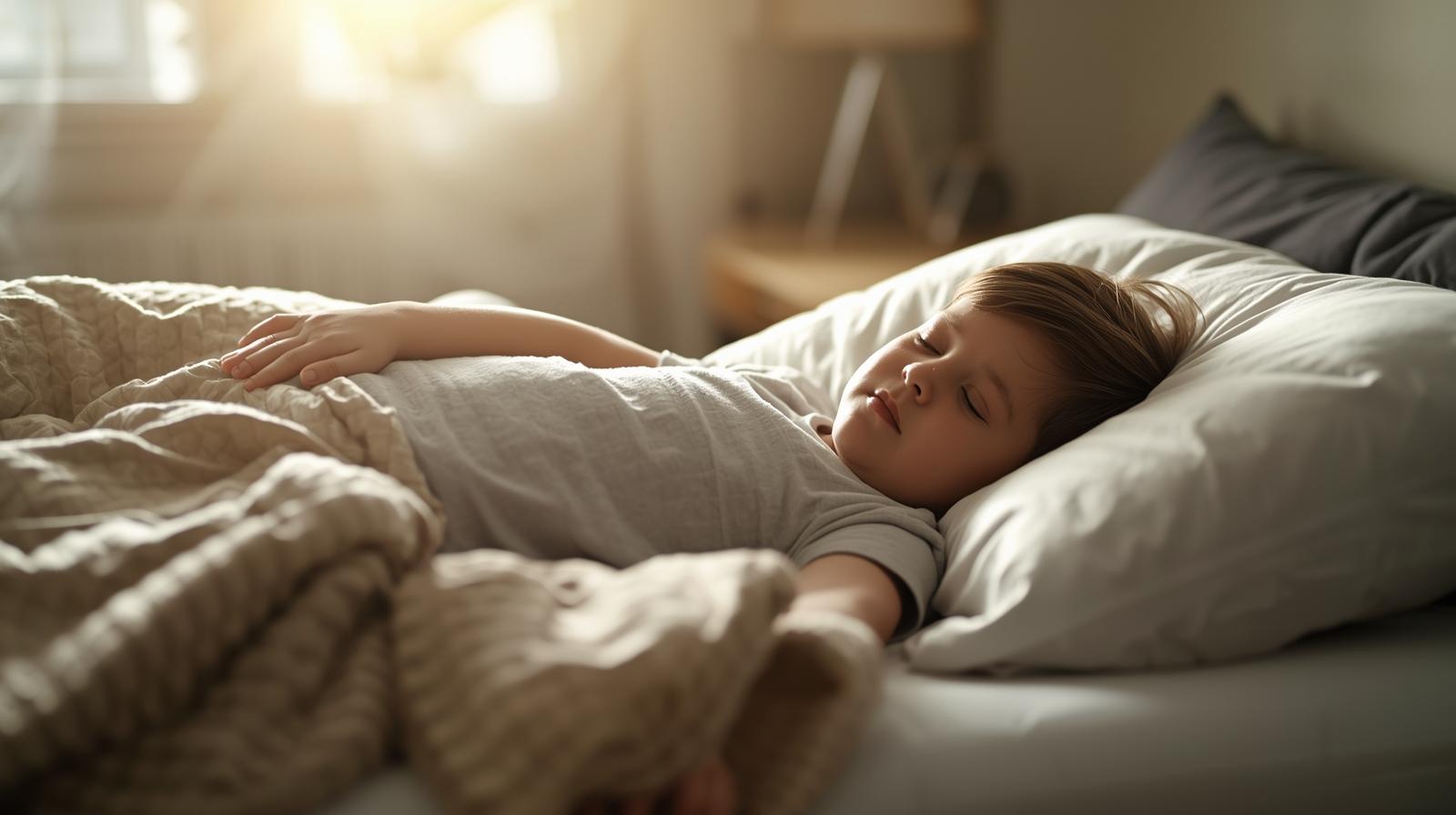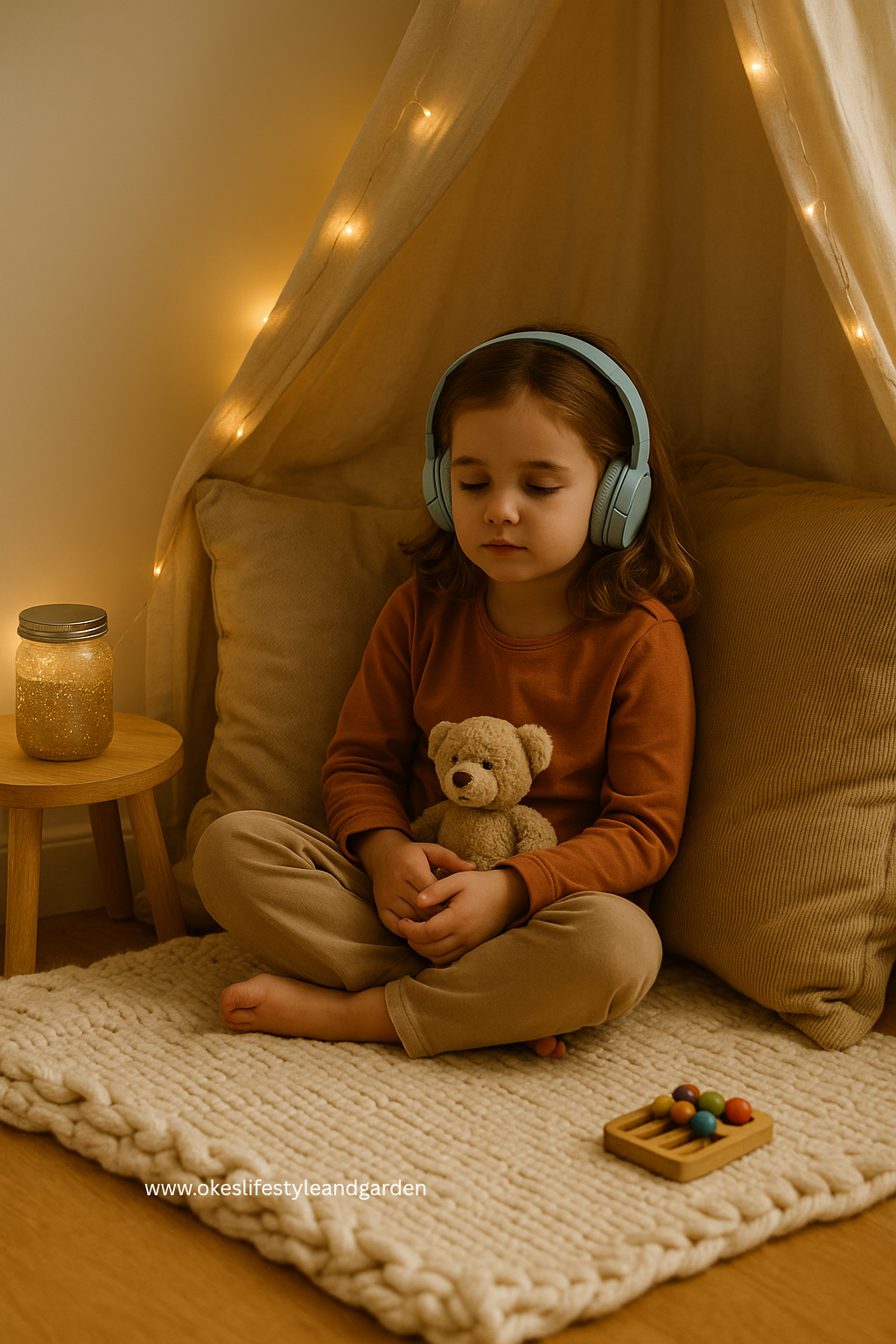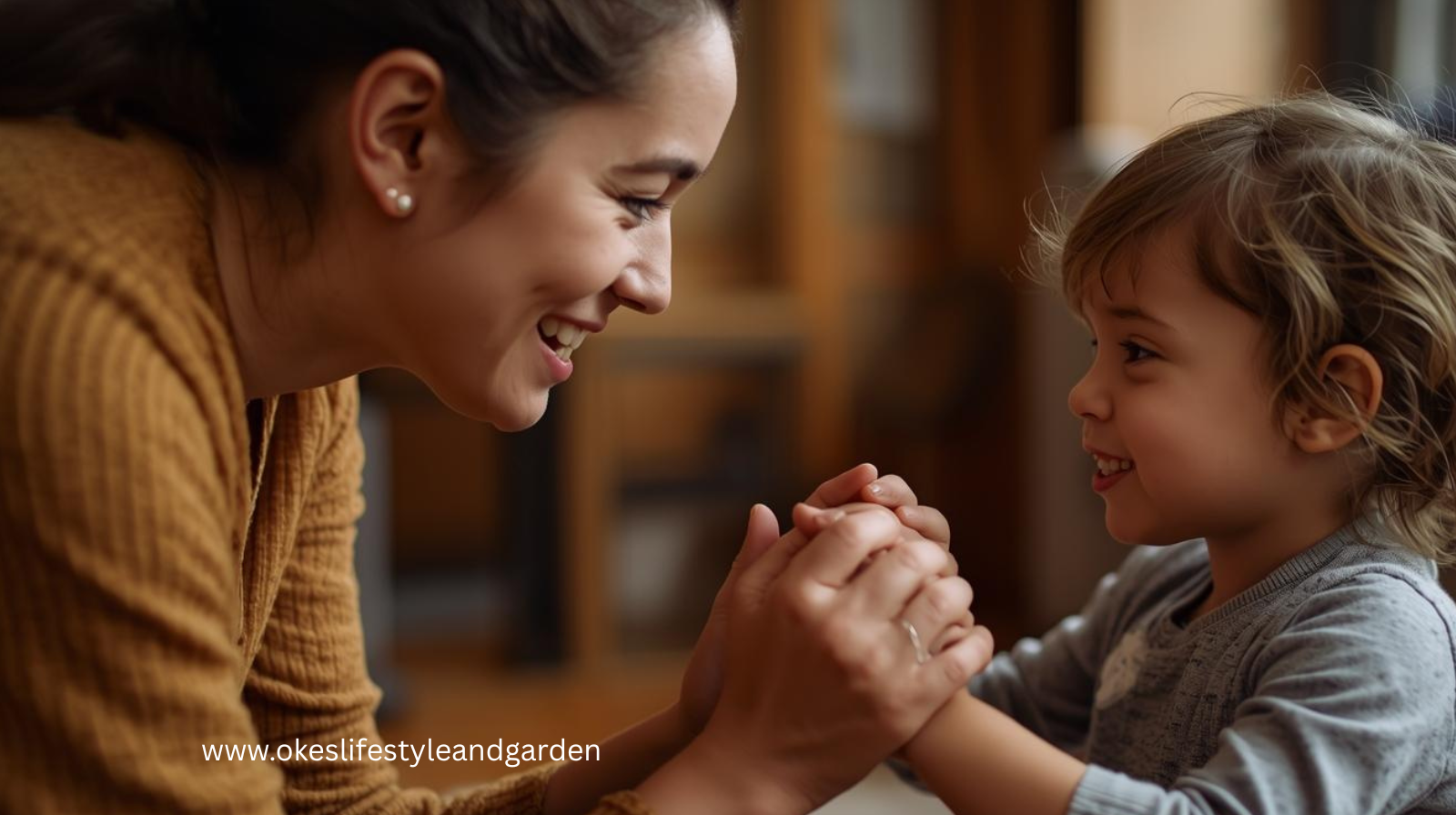
As a parent, I’ll never forget the first time I realized my child’s anxiety was connected to sensory issues. The school bell rang, and while other kids rushed to class, my child froze, hands covering ears, tears welling up, body shaking from the overwhelming noise. For years I thought it was just “shyness” or “overreaction,” but I came to understand it was actually children’s anxiety triggered by sensory sensitivities.
Children with sensory issues often process the world differently. Bright lights, loud sounds, scratchy clothing, or crowded spaces may feel unbearable. These constant sensory triggers can fuel anxiety, making everyday routines, from morning transitions to bedtime, feel like uphill battles. What looks like defiance or withdrawal is often a child’s attempt to cope with sensory overload.
The good news? With the right coping strategies, children can learn to manage anxiety and feel more confident in overwhelming environments. In this post, I’ll share five practical coping strategies for children’s anxiety with sensory issues, tools that come not just from research but from lived parenting experience. These approaches are simple, adaptable, and, most importantly, compassionate ways to support kids who see and feel the world a little differently.
Coping Strategy 1: Create a Sensory-Friendly Routine for Children’s Anxiety
I learned very quickly that children with sensory issues thrive on predictability. For my child, mornings used to be the hardest,every small detail became a trigger. The tag in a shirt, the buzzing kitchen light, even the sound of the toaster popping could send them into a spiral of anxiety before the day even started.
That’s when I discovered the power of a sensory-friendly routine. Routines reduce uncertainty, and for children’s anxiety, that sense of security is a game-changer. Instead of rushing through mornings with chaos, I created a step-by-step routine that worked with my child’s sensory needs instead of against them.
How to Build a Sensory-Friendly Routine
Start Small and Consistent – Focus on one daily routine (like bedtime) before expanding.
Use Visual Aids – A chart with pictures helps children process what’s next without constant verbal reminders.
Include Sensory Breaks – Short pauses for stretching, squeezing a stress ball, or deep breaths can reset the nervous system.
Prioritize Comfort – Choose soft clothing, dim lighting, and a calm breakfast setup.
Creating a predictable flow eased my child’s morning anxiety. Instead of tears, we began to see calmer transitions and more confidence. It wasn’t about “fixing” them, it was about supporting their unique sensory needs.
Coping Strategy 2: Build a Calm Corner for Children’s Anxiety with Sensory Issues

When the world felt too loud, my child’s first instinct was to melt down in the middle of everything. Creating a calm corner gave them a safe, predictable retreat. It isn’t a time-out—it’s a supportive tool to help children regulate anxiety and sensory overload.
Step-by-Step: How to Create a Calm Corner
1. Pick a quiet spot away from bright lights and heavy traffic.
2. Add cozy textures: pillows, beanbag, weighted blanket.
3. Include sensory tools: fidgets, noise-canceling headphones, glitter jar.
4. Post a simple visual guide: “I feel overwhelmed → I pick a tool → I breathe → I rejoin when ready.”
5. Practice using it during calm times, not during a meltdown.
Why It Works
The calm corner sends a signal of safety and predictability. It teaches kids to self-regulate and choose tools that soothe them, instead of spiraling deeper into anxiety. In our home, meltdowns became shorter and less intense because my child had a safe place that respected their sensory needs.
Coping Strategy 3: Use Movement and Sensory Breaks to Reset Children’s Anxiety

Anxiety often gets “stuck” in the body. My child could look frozen with worry, but once we did a round of wall push-ups or trampoline jumps, the tension started to release. That’s why movement and sensory breaks are essential coping strategies for children’s anxiety.
Examples of Sensory Breaks
Heavy work: wall push-ups, animal crawls, carrying a backpack.
Cardio bursts: trampoline time, dancing, jumping jacks.
Calming rhythms: rocking chair, swinging, blanket “burrito wrap.”
“I see your body feels tight. Do you want to jump 10 times or push the wall with me?”
Why It Works
Movement helps regulate the nervous system, discharges anxious energy, and builds awareness. Over time, children learn to request breaks themselves, a powerful step toward independence in managing anxiety.
Coping Strategy 4: Teach Simple Breathing and Relaxation Techniques

At first, telling my child to “take deep breaths” didn’t work. What helped was turning breathing into a visual, playful practice.
Kid-Friendly Breathing Techniques
Flower & Candle: Smell the flower, blow out the candle.
Hand Tracing: Breathe in tracing up, breathe out tracing down each finger.
Belly Buddy: Watch a stuffed animal rise and fall on the belly.
Why It Works
Breathing slows the heart rate and gives anxious children a tool to calm their body. When practiced in calm moments, it becomes a reliable coping strategy during sensory overload.
Coping Strategy 5: Build Connection Through Communication

The most powerful coping strategy for children’s anxiety is connection. Instead of saying “Stop crying,” I learned to validate: “I see this feels hard. I’m here with you.” That shift made all the difference.
Simple Connection Tools
Validate feelings first: “The noise is too much, I get it.”
Offer choices: “Do you want headphones or to step outside?”
Use calm scripts: “I’m proud of how you listened to your body.”
Why It Works
Connection reassures children they aren’t alone. It reduces shame and builds trust, making all other coping strategies more effective.
Final Thoughts
Supporting children’s anxiety with sensory issues isn’t about fixing them, it’s about creating safety, routine, tools, and connection. By building sensory-friendly routines, calm corners, movement breaks, breathing practices, and strong communication, we empower our children to face the world with more confidence.
Parenting a child with anxiety and sensory issues is not easy,it can feel overwhelming, lonely, and even confusing at times. But here’s the truth I’ve learned on my own journey: our children are not broken. Their struggles with sounds, lights, textures, or transitions are not signs of weakness. They are simply signs of how deeply they feel and experience the world.
Most importantly, we show them: you are not broken, you are beautifully wired, and together we can help you thrive.
If you enjoyed reading this then you will love to read this also
Balancing screen time with real play time smart parenting hack


